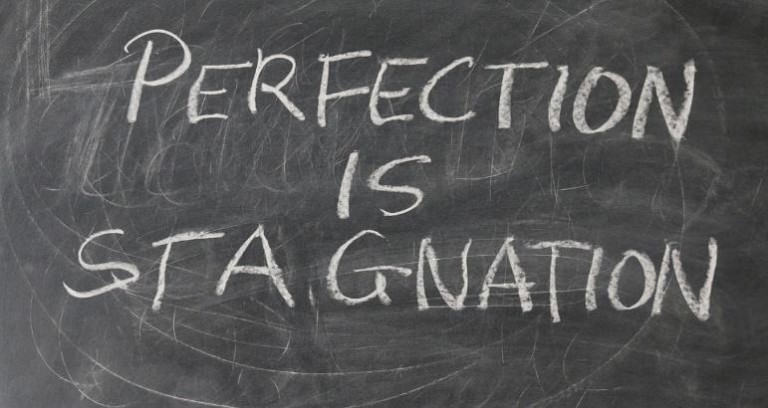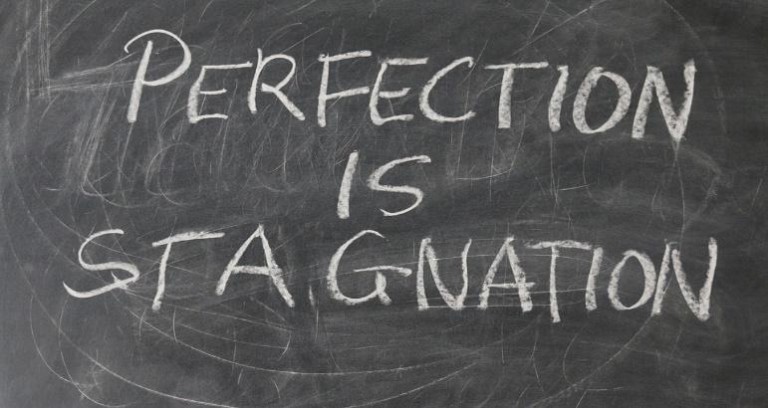CRITIQUING CONSUMER MINDSET
The principles of creativity can sometimes be at odds with the various factors that comprise the social and psychological landscape of the business environment. I don’t intend to discuss this strictly in terms of creativity but there’s definitely agenda’s that float around, that tend to affect how creative you can be in this particular profession. As we’ve mentioned previously, your abilities are supposed to be of service to the overall brand message of the company. Which is of course, affected by the external environment.

“Consumer messages….”
Every decision you make has a catch and is tied to some agenda, be it directly or via a third party. We are also living in the age of social media and intensive interconnectivity and there is more scrutiny than ever on every aspect of creativity, be it films, music or art. There is more scrutiny on every creative endeavor that is partaken and even your best work can be ripped apart and shredded by critics and consumers who carry their own biases.
And I emphasize the word bias. Now more than ever, there is an increased sense of prejudice amongst the consumers. Let’s face it, skepticism has become a primary attitude now. People want things to fail and fail hard. For reasons unknown, we are living in an age of extreme schadenfreude and sometimes the only need that feels important to be satiated is irony. We live in an age where negativity can make more impact than quality.
So this affects the digital and advertising world as well. People want to play it safe.

“Sigh”
Our country is one that is intertwined in numerous social and cultural hang-ups and everyone has their own version of what a subjective opinion is. Some silly things are taboo whilst other unreasonable ones are readily acceptable. The definition of right and wrong completely varies depending on who you ask. And people love to push their particular agenda on you everywhere. An example? The Indian censorship board is an unholy disaster of hypocrisy and yet it’s still allowed to operate. Thanks to late 20th century globalization, the generation gap has increased and all age groups are chasing completely different things. The audience is segmented to such a complicated degree that it’s really hard to position yourself as an all-purpose brand unless you’re a washing powder or a DTV service, for example.
The appearance of many international brands over the years is a wonderful sign but they don’t have the flexibility of launching to a widespread scale initially as they have in other countries. An ideal example would be Netflix, where the overall audience preferences may be more unified in nature. Hence, they launch on a smaller scale and take it one step at a time so that there are less miscalculations and see what’s working and what isn’t. Example? Just look at the menus of Pizza Hut when it first started out in India vs what it is now. It’s changed completely. Or the fact that McDonald’s has also stagnated in terms of variety of food items because they know what ‘works’ for the mainstream. Both of them started on a smaller scale and catered and remodeled themselves to the Indian tastes and successfully expanded.
Hence, this is another challenge. It sometimes feels that Indian consumers, more than anyone else like being pandered to. We judge things based on how they appeal to us instead of how they are in functions as themselves. We don’t really encourage much experimentation and want everything to be comforting in some ways. This is a valuable tool for marketers, promoters etc. but it still feels like it has hurt the creative aspect of advertising in many ways. There were a lot of groundbreaking, trend setting commercials back in the day (Pepsi, Dairy milk etc.). We don’t see much of those anymore.

“Surprises? What surprises?”
As I mentioned before, advertising was never an art form in the first place but it was a genuine creative outlet for promotion in many ways. Several products became more famed for their advertising than their actual nature (eg: the initial ‘mountain dew’ ads). The creativity aspect has definitely taken a hit over the years due to globalization, instead of getting better and that has a lot to do with the psychology of the Indian consumer, which even after all these years, refuses to change.

